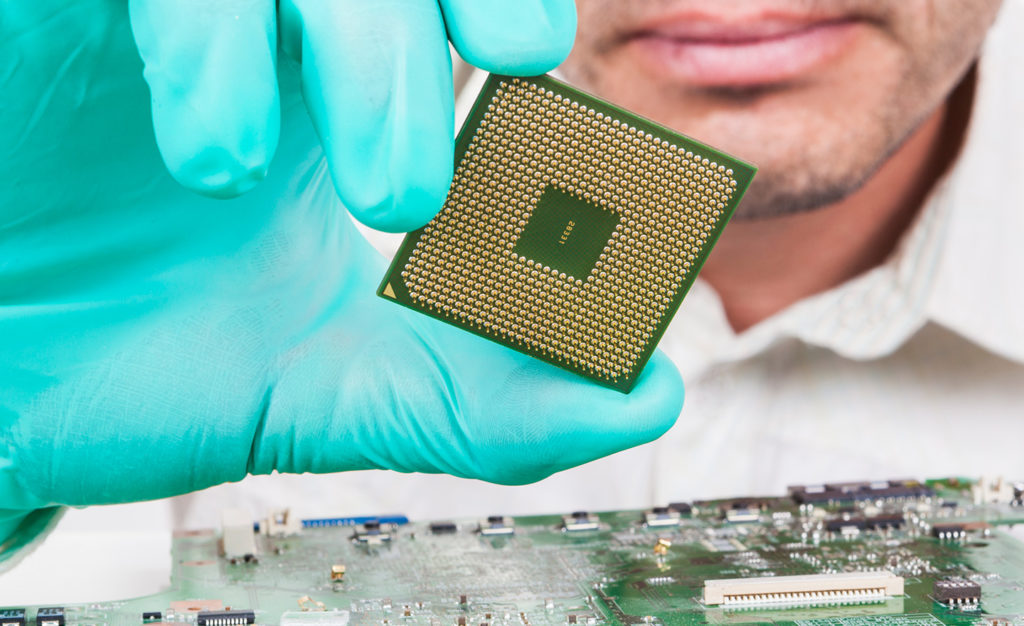
The Chips Are Down. Now What?
Ended soon
There often comes a moment in business, as in life, where something that’s long been taken for granted suddenly isn’t. The worldwide shortage of microprocessor chips is an excellent, though unfortunate, example. The question isn’t whether your company was prepared for such a situation (we hope it was), or how many quarters you think you’ll be able to weather the storm. The question is simpler: what is your company going to do about it?
The New Temporary
Before you answer, you already know that there’s insane competition from demand sectors you probably never had to think about before. When was the last time you had to face up against auto makers to get parts? No doubt you’ve accepted by now that this isn’t just a blip, like bathroom tissue at the start of the pandemic. Experts expect that the chip shortage will last for at least a year. The CEO of Intel thinks it will take two years.
Hello Force Majeure
It’s true that nobody could have predicted the perfect storm that broke this dam, so everyone is affected. Beyond the immediate impact of an unforeseen global pandemic, which drained workforce capacity, we also saw a fire at a chip factory in Japan, a drought in Taiwan and a freak cold snap in Texas that shut down factories by Samsung, NXP and Infineon.
Now throw in the side effects of the pandemic, which are changing the market today and perhaps forever. More computers will be needed for at-home schooling. More people are spending on indoor entertainment and devices like phones, tablets and media streamers. Pent-up demand that’s been building for a year has led to widespread inventory shortages of new automobiles. Car makers have reacted with significant price hikes because they can get it (and they are getting it). Can your products say the same?
The Night Is Long, Don’t Wait Up
If you’re high up in the pecking order with your suppliers, you’ll naturally have a better chance at getting some, most or all of what you need. Don’t count on that holding up for too long; these days your competitors for silicon are Apple and GM. Even if you’re able to buy what you need on the spot market (at what cost multiple?) to put a finger in the dyke, ask yourself realistically how long that hold?
What’s your right response to the chip shortage? It begins with a sober consideration of ordering and forecasts. Beyond that, a lot of companies are going to need an action plan. You may need to seek new partnerships. You might have to make modifications to your product designs so they can accommodate alternate parts. You may have to trim down and focus only on your top contributing items. None of these are ideal scenarios, but all of them beat having no inventory.
During this now-until-whenever shortage, you may no longer be able to defend every product in your line or every initiative you’ve been planning. That needs to be okay. Thanks to the chip shortage things have changed, and in a changed landscape, it’s worth remembering a bit of Darwin. The survival of the fittest went to the species that were best able to adapt.
At bluesalve partners, we have an active product development process we can share with clients to accelerate and improve their batting average. Better outcomes are good for everyone, the firms, the industry, and their customers. Let’s all get better together.
Bluesalve partners is committed to accelerating change, growth and success for our clients.
